Joint attention
Recent articles
Null and Noteworthy: Modified MRI; father findings
This month’s newsletter tackles null findings from an attempted replication of a “revolutionary” MRI approach and an analysis of family genetics.
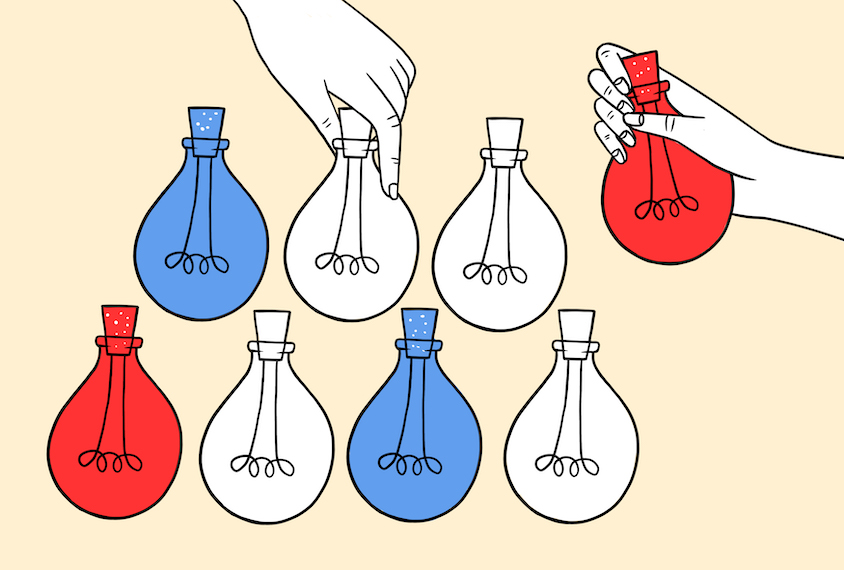
Null and Noteworthy: Modified MRI; father findings
This month’s newsletter tackles null findings from an attempted replication of a “revolutionary” MRI approach and an analysis of family genetics.
Social communication and developmental disorders with Connie Kasari
In this episode of “Synaptic,” Kasari talks about the need for inclusion in educating autistic children, what drew her into the autism research field, and growing up on the family farm.
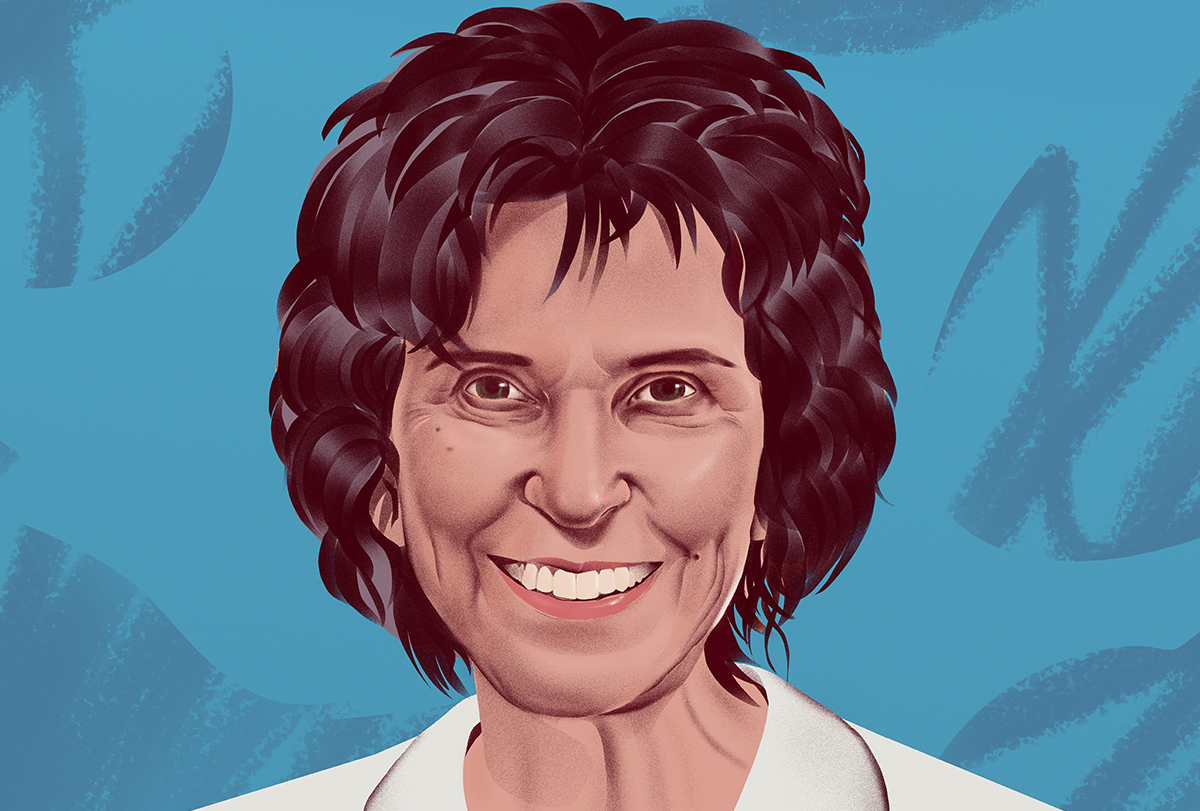
Social communication and developmental disorders with Connie Kasari
In this episode of “Synaptic,” Kasari talks about the need for inclusion in educating autistic children, what drew her into the autism research field, and growing up on the family farm.
Null and Noteworthy: INSAR keynote, typical cerebellums, social subdomains
In this edition, researchers sink a purported link between cerebellar volume and autism and buoy a theory about measuring social behaviors.

Null and Noteworthy: INSAR keynote, typical cerebellums, social subdomains
In this edition, researchers sink a purported link between cerebellar volume and autism and buoy a theory about measuring social behaviors.
Advancing early interventions for autism
Some therapies use play and other activities to reinforce skills that autistic children often find challenging. Trials show these methods can change a child’s trajectory for the better, but the evidence base remains thin.
Advancing early interventions for autism
Some therapies use play and other activities to reinforce skills that autistic children often find challenging. Trials show these methods can change a child’s trajectory for the better, but the evidence base remains thin.
Autistic toddlers do not tune in to sounds with others
Unlike typical toddlers, those with autism tend not to share experiences involving sound — dancing to music with their parents, for example, or calling attention to the source of a sound.
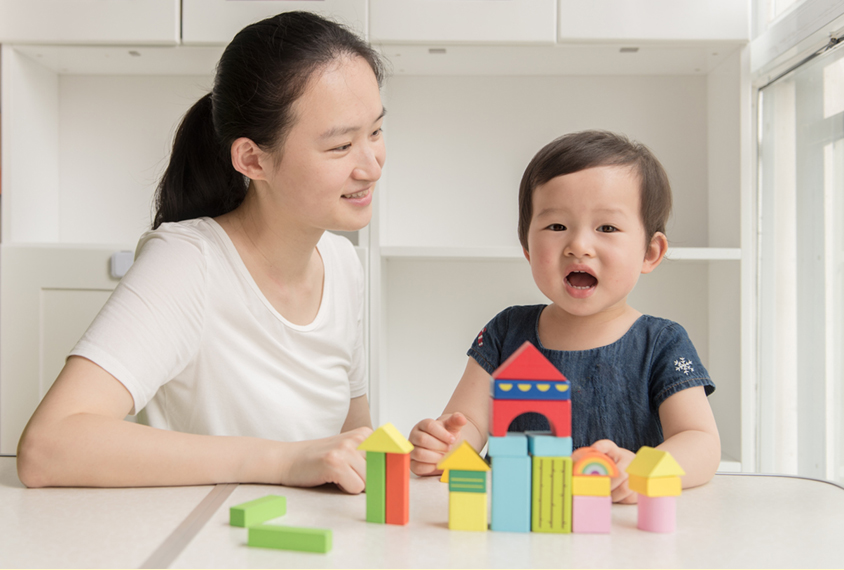
Autistic toddlers do not tune in to sounds with others
Unlike typical toddlers, those with autism tend not to share experiences involving sound — dancing to music with their parents, for example, or calling attention to the source of a sound.
Confusion at the crossroads of autism and hearing loss
Hearing difficulties and autism often overlap, exacerbating autism traits and complicating diagnoses.
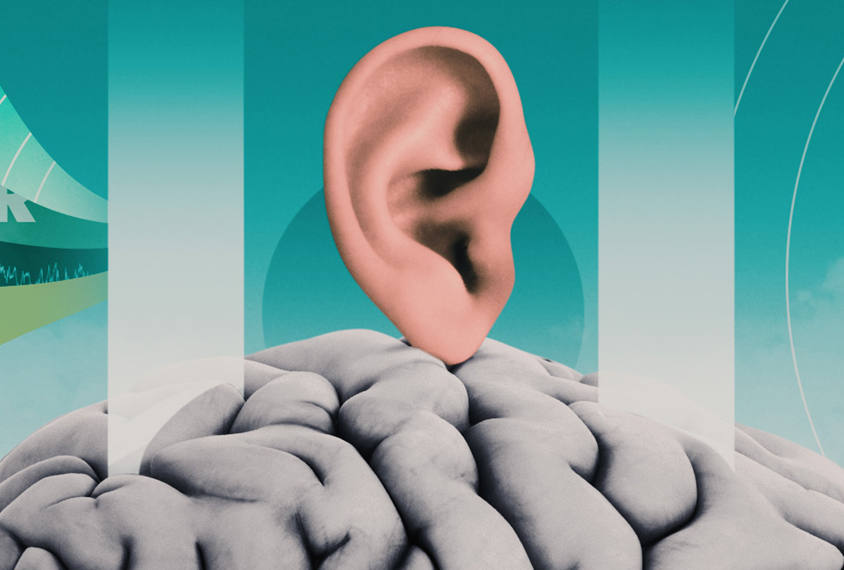
Confusion at the crossroads of autism and hearing loss
Hearing difficulties and autism often overlap, exacerbating autism traits and complicating diagnoses.
INSAR 2020, from home
Like so many other events this year, autism’s biggest annual conference — the International Society for Autism Research meeting — was forced to go virtual because of the coronavirus pandemic.

INSAR 2020, from home
Like so many other events this year, autism’s biggest annual conference — the International Society for Autism Research meeting — was forced to go virtual because of the coronavirus pandemic.
How one communication tool may fail some autistic people
Parents say the so-called 'rapid prompting method' unlocks hidden talents in their minimally verbal autistic children, but researchers question whether the words produced are the child's own.
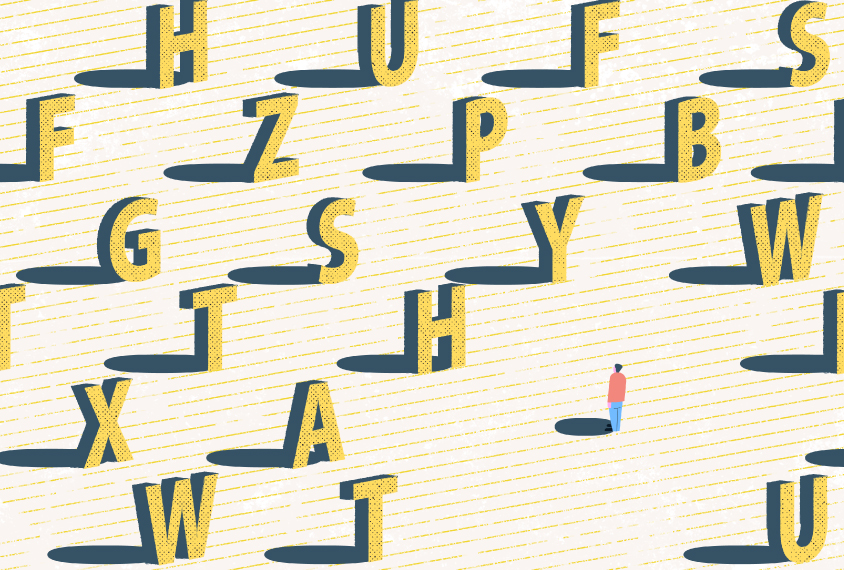
How one communication tool may fail some autistic people
Parents say the so-called 'rapid prompting method' unlocks hidden talents in their minimally verbal autistic children, but researchers question whether the words produced are the child's own.
Looking directly in the eyes engages region of the social brain
The social brain has a sweet spot that activates when people look each other in the eyes but not when they look at eyes in a video.
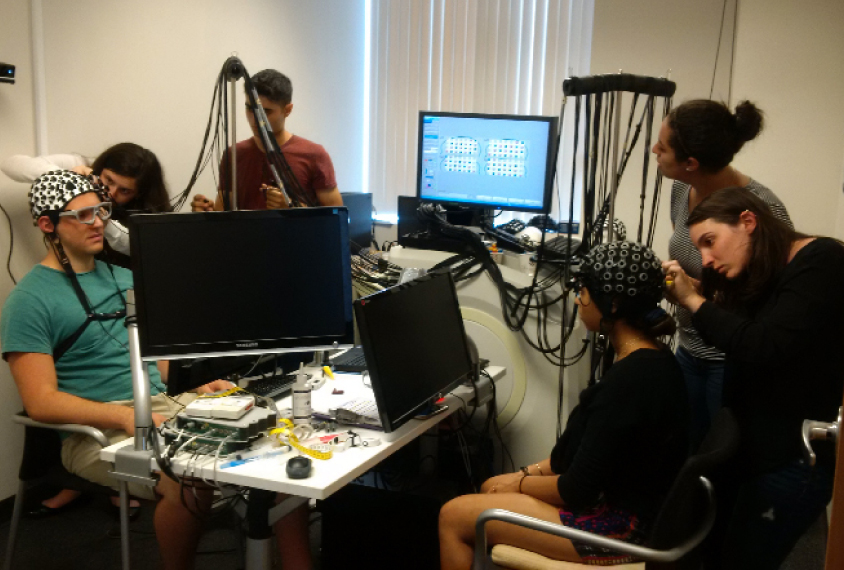
Looking directly in the eyes engages region of the social brain
The social brain has a sweet spot that activates when people look each other in the eyes but not when they look at eyes in a video.
How much behavioral therapy does an autistic child need?
People tend to believe that, regardless of the treatment, more is always better. But is it?
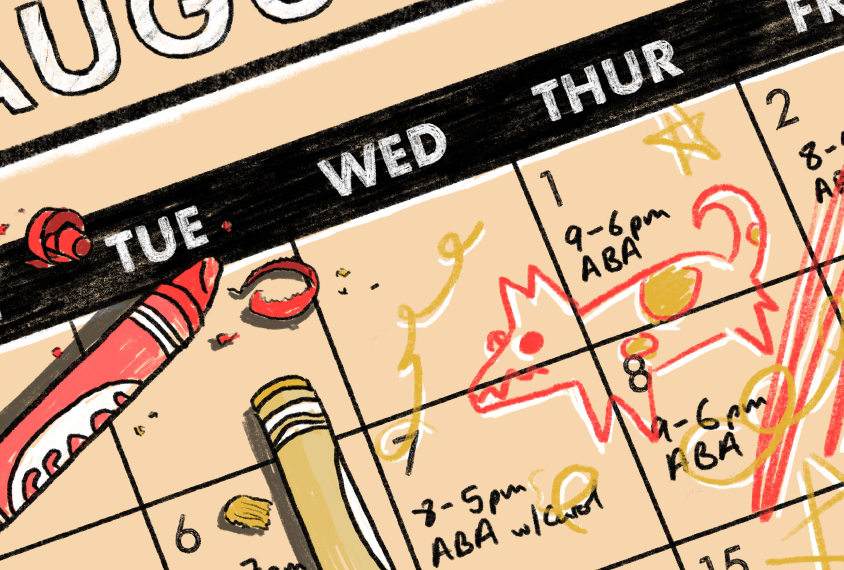
How much behavioral therapy does an autistic child need?
People tend to believe that, regardless of the treatment, more is always better. But is it?
Explore more from The Transmitter
Xiao-Jing Wang outlines the future of theoretical neuroscience
Wang discusses why he decided the time was right for a new theoretical neuroscience textbook and how bifurcation is a key missing concept in neuroscience explanations.
Xiao-Jing Wang outlines the future of theoretical neuroscience
Wang discusses why he decided the time was right for a new theoretical neuroscience textbook and how bifurcation is a key missing concept in neuroscience explanations.
Memory study sparks debate over statistical methods
Critics of a 2024 Nature paper suggest the authors failed to address the risk of false-positive findings. The authors argue more rigorous methods can result in missed leads.

Memory study sparks debate over statistical methods
Critics of a 2024 Nature paper suggest the authors failed to address the risk of false-positive findings. The authors argue more rigorous methods can result in missed leads.
Attention not necessary for visual awareness, large study suggests
People can perceive some visual information even if they do not pay direct attention to it.
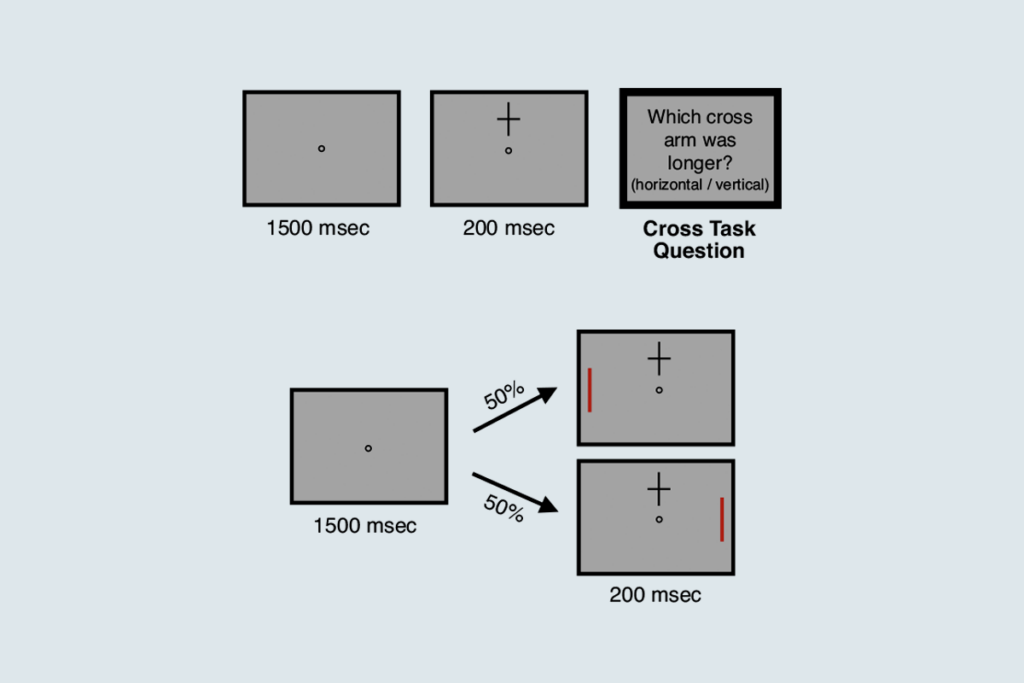
Attention not necessary for visual awareness, large study suggests
People can perceive some visual information even if they do not pay direct attention to it.